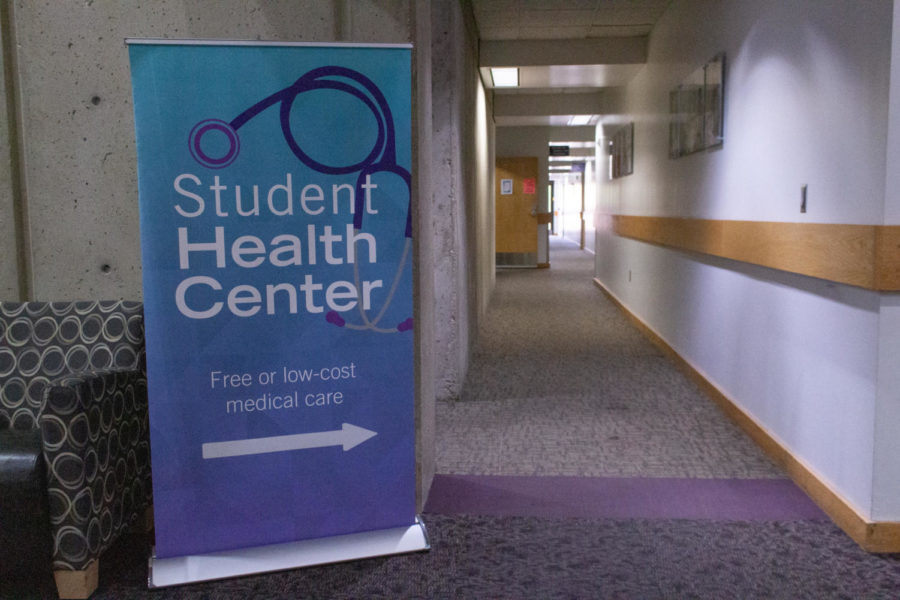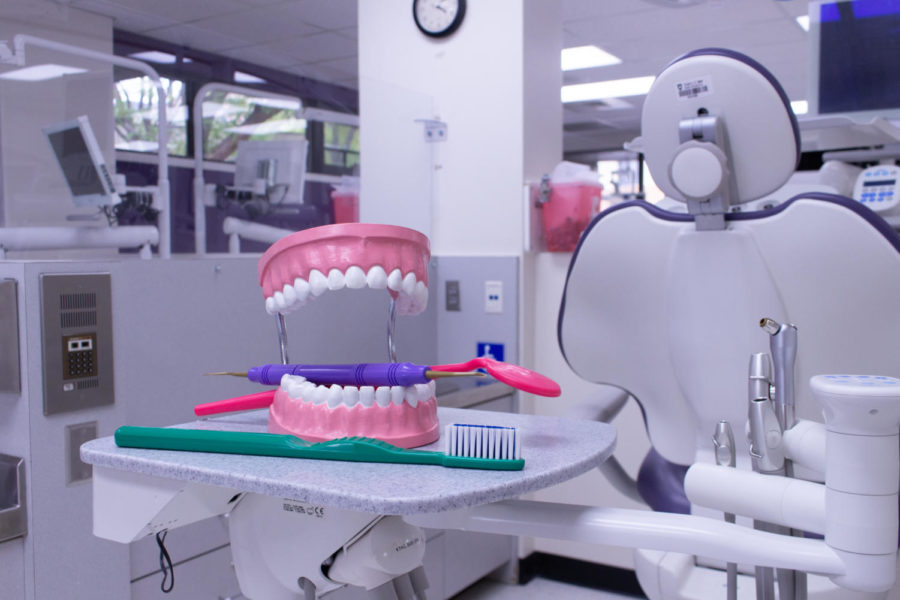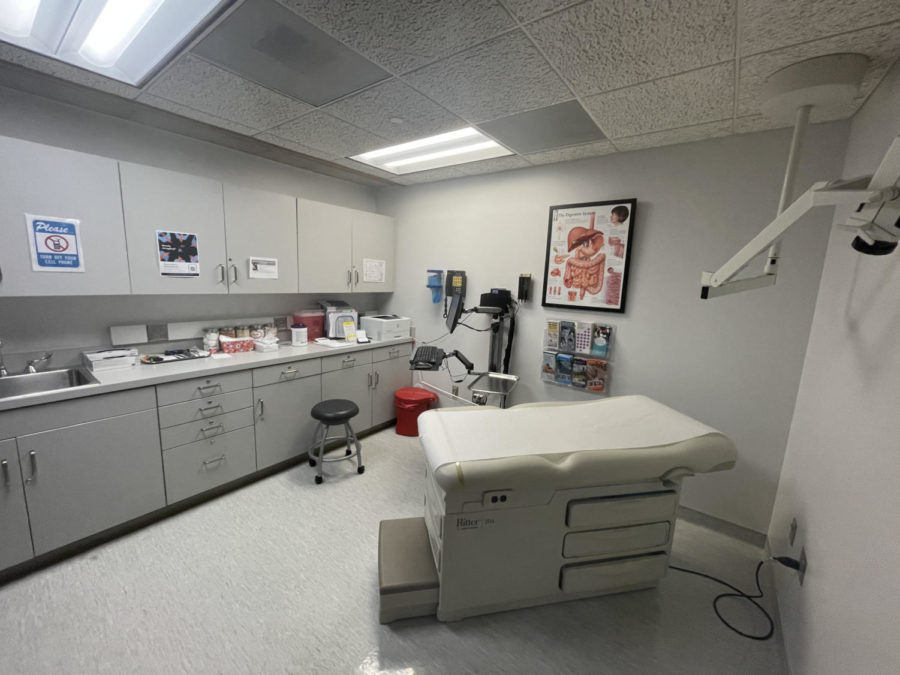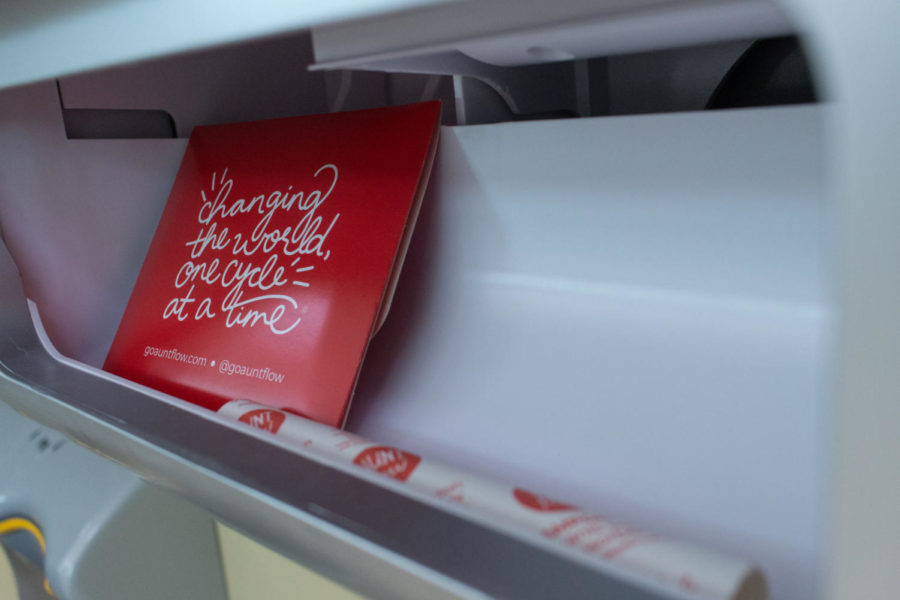Last semester, Kasey Hart, a paramedic in training at Weber State University, looked outside and saw a woman lying on the ground in the parking lot. The lady had been blown over with tremendous force by the windstorm that raged across Utah on Dec. 1.
“(We) rushed out, grabbed her, carried her to the ambulance,” Hart said.
Eventually, an impromptu first aid station was set up inside the Marriott Health Building for the many people who sustained injuries.
Twenty-four-year-old Hart joined the military at age 17, and one year later became a special warfare combatant-craft crewman for the Navy. There, his training consisted of daily 20-mile runs, between two and five mile swims and a separate daily workout. At the end of the day, he was then expected to clean his room and do his laundry.
Those who become an SWCC have many responsibilities that can range from providing training to other countries to aiding government forces engaged in a combat situation.
“If there’s piracy, we’ll take down pirate ships,” Hart said.
Despite the intensity of the program, Hart found an appreciation for the medical field.
“Medical was by far my favorite thing to learn when I was in there, and so when I got out, I wanted to keep doing the medical portion,” Hart said.
Currently, Hart is enrolled in 19 credit hours and said he believes it is a good program. The program has him in class three days per week from nine in the morning to five in the evening. Apart from this, the students must train at a hospital in its various centers, from the operating room to the emergency room to the psychiatric unit. When he is not in school, Hart does homework and is employed as a security guard.
“It’s a lot of information to take in, but it’s pretty amazing when you’re getting it all down,” said Hart.
Jeff Grunow, an associate professor and department chair for the Dr. Ezekiel R. Dumke College of Health Professions at WSU, said a unique skill is required to be a paramedic. Unlike nurses or other health related fields, paramedics must be able to adapt to a changing environment. He added that students who come into the program usually possess either an ability to learn the book knowledge and then fail to apply them in training, or are able to apply them during training but have a difficult time with testing.
“What I think is interesting is Kasey has that book knowledge and has figured out how to challenge the dudes from the street to swap some of that knowledge with him,” Grunow said.
Andy Peterson, a friend of Hart, believes he will be successful as a paramedic, citing Hart’s drive, experience and values.
“If there’s any kind of career ladder, he’ll climb it pretty quickly,” Peterson said.
Halfway through obtaining his associate degree in paramedics, Hart said he has always wanted to do something related to being a fireman, policeman or paramedic.
“It’s kind of nice being that person that (sick) people can rely on,” Hart said.














